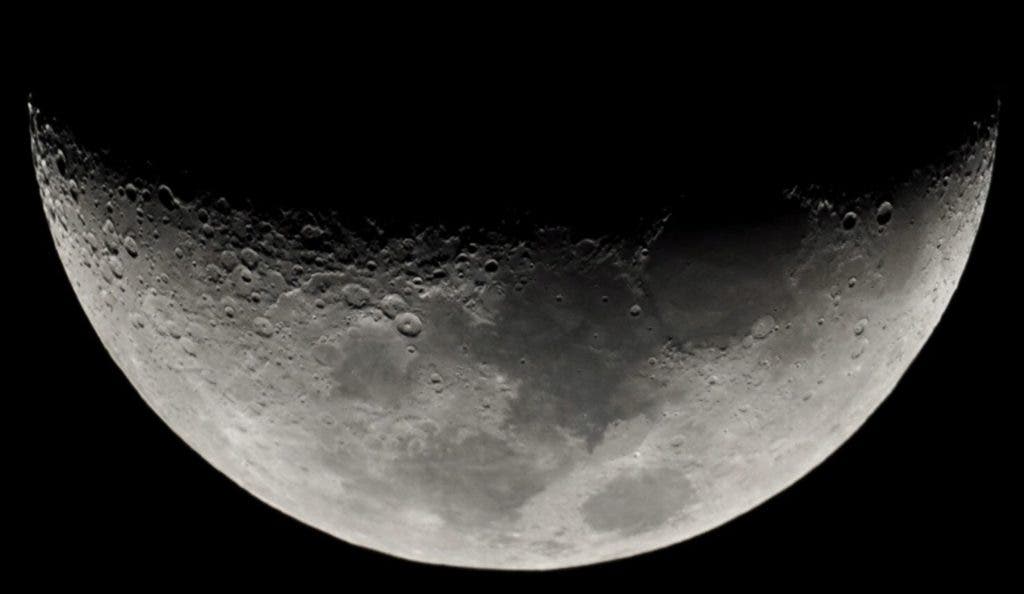The project, dubbed the Lunar Orbital Platform-Gateway, would by-and-large operate similarly to the ISS — only it will orbit the moon, not Earth. If everything goes according to plan, it should be ready for its first inhabitants in time for the 54th anniversary of the original moon landing.

Robert Lightfoot, NASA’s acting administrator, said that the installation will “help us further explore the moon and its resources and translate that experience toward human missions to Mars,” in his State of NASA address earlier this month. It was one of several projects funded under the Trump administration’s $19.9 billion NASA budget proposal for the fiscal year 2019. The proposed budget places a heavy emphasis on human exploration, doling out an enviable $10.5 billion for the task. However, it also cuts a number of missions related to climate change, as well as the agency’s $99.3 million education office.
Moonesque
With great budgets come great price tags, it seems, as the moon station would cost an estimated $2.7 billion through to the fiscal year 2023. However, things are not yet set in stone as Congress is still to approve the budget. For context, the White House is considering cutting funding for the ISS as of 2024.
The moon station will be assembled over time, just like the ISS was in its time. Power and propulsion units are targeted for launch in 2022, and it will be keeping the station in a stable orbit through the use solar electric propulsion. This module will also handle communications to Earth, to the surface of the moon, other spaceships, and during spacewalks — NASA says large datasets will be transferred using lasers, to speed the process up. The habitation module is scheduled for launch in 2023 and should support crews for 30 and 60-day missions, according to NASA. Onboard personnel will conduct research and also explore the lunar surface and the immediate space around the moon.
Alternatively, the station could serve as temporary lodging for crews traveling to Mars or deeper space in the future.
A number of US companies (most notably Boeing) are already participating in studies on how to best develop the habitat, power, and propulsion elements. Back in 2016 six companies were already tasked with developing full-size ground prototypes for space habitats. The stated goal is “to have as much realism in the habitation module as possible, by integrating all the racks and human factors, from galleys to sleep stations, glove boxes and command and control systems and displays,” said Mark Ortiz, Boeing’s NextSTEP (Next Space Technologies for Exploration Partnerships) program manager. These prototypes will be handed over to NASA for evaluation by 2019.
Likely because of advances in rocket technology seen by private contractors, such as Musk’s SpaceX, NASA plans to have resupply missions to the moon platform conducted by commercial entities. These commercial crews will also participate in “a variety of deep space exploration and commercial activities in the vicinity of the moon.” However, given President Trump’s more… real-estate-oriented take on space exploration, there are concerns regarding the exact role non-governmental entities will play in the moon station’s activity.
Time will tell. For now, one thing is certain: the station “will drive our activity with commercial and international partners and help us explore the Moon and its resources,” said William Gerstenmaier, associate administrator of the Human Exploration and Operations Mission Directorate at NASA Headquarters in Washington in a NASA webpost.
“We will ultimately translate that experience toward human missions to Mars.”






